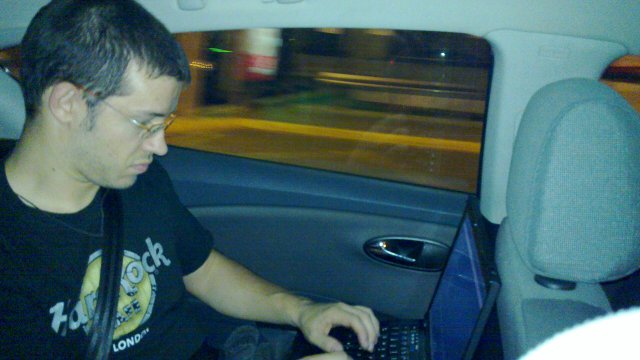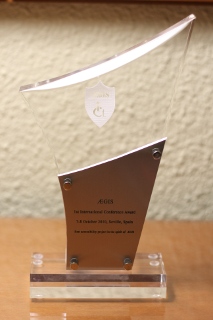This will come as no surprise to many of you at this point, as we already talked about it during the weekly accessibility meetings, but I would like to officially announce that we are having an ATK Hackfest in May.
For the new people, ATK is the accessibility toolkit. Right now the main and more extensive implementation is GAIL (GNOME Accessibility Implementation Library), although it is also used in Clutter (Cally), Java (via the Java Access Wrapper), and others. AT-SPI is the accessibility service provider interface. Accessibility tools “uses” AT-SPI in order to interact with the applications. ATK works as the common language that target applications uses to expose themselves to AT-SPI, so a deep change on ATK would require an update also in AT-SPI. In the same way, we would like to get a one-to-one relation between the interfaces on ATK and AT-SPI as much as possible.
Applications and toolkits do not all implement ATK consistently. This has a negative impact on the assistive technologies ability to provide a consistent cross-application user experience. Even in applications and toolkits in which the ATK implementation is complete, the information obtained from a single event and/or object is not always sufficient for an AT client to proceed immediately; instead it is often necessary to perform further queries and make decisions based on heuristics rather than concrete data. This has a negative impact on both performance and reliability.
Accessibility team has come to the conclusion that this is time to improve on ATK no matters if that means an API break. The primary goal is to take what we have learned from years of ATK/AT-SPI and make things better for all involved, and create the basis of what ATK 2.0 should be.
Location: Igalia (A Coruña, Galicia, Spain)
Dates: 9-15 May
Who Should Attend?
- Developers of applications and toolkits which implement ATK
- Developers of ATK and AT-SPI
- Developers of Assistive Technologies which rely upon AT-SPI
- Developers of testing solutions which rely upon AT-SPI
For more information, including the proposed task, pre-event “homework,” venue, and associated costs, please see:
- Live GNOME ATK Hackfest page
- Metabug “Towards ATK 2.0” (feel free to open more bugs or comment on the current ones)
For the moment the event is sponsored by Igalia (Venue, part of the food) and the GNOME Foundation (travel+hotel costs as far as the current a11y budget allows it). If any other company want to fund this hackfest somehow, please contact me or Joanmarie Digss (and thanks in advance)












